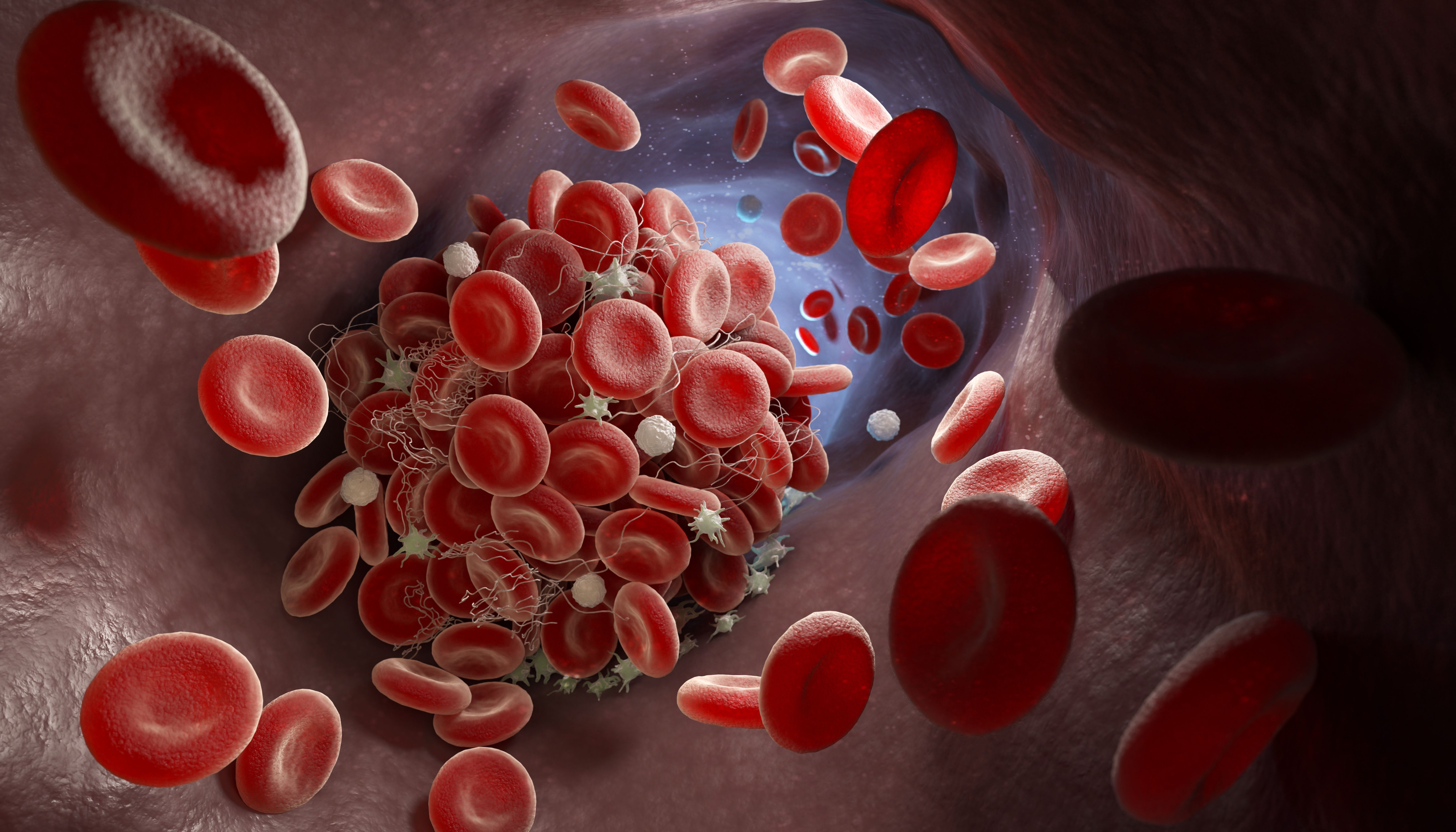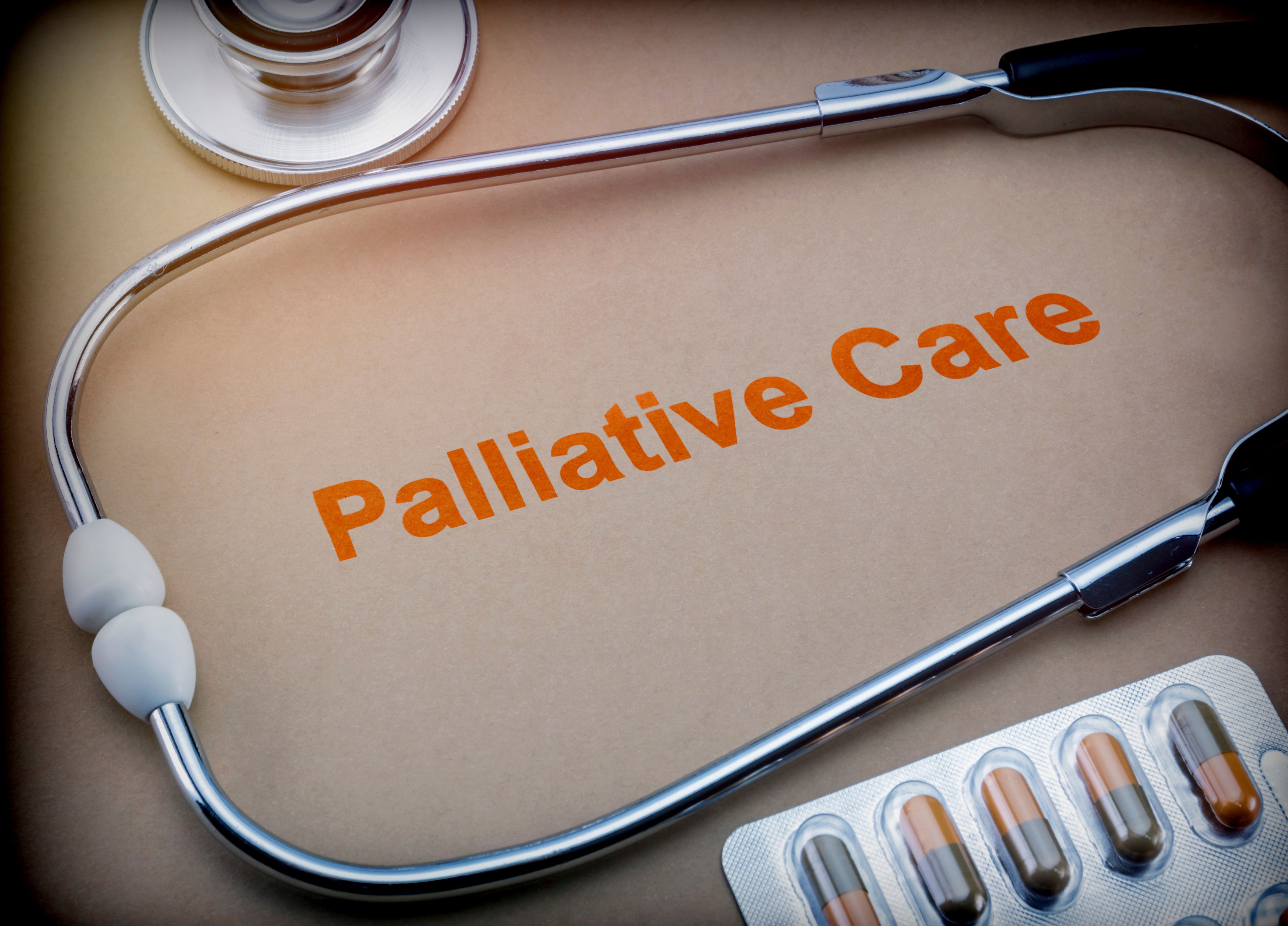News
Article
Patients With COVID-19 Treated for Cancer at Risk for Thromboembolisms
Author(s):
Patients recently treated for cancer who required hospitalization for COVID-19 were at risk for venous thromboembolisms (VTEs), recent research has found, with investigators determining that patients who experience a thromboembolic event (TEE) are at a 20% to 25% risk of death.
Patients receiving treatment for cancer who have been hospitalized for COVID-19 were at risk for blood clots, research found.

Patients recently treated for cancer who required hospitalization for COVID-19 were at risk for venous thromboembolisms (VTEs), recent research has found, with investigators determining that patients who experience a thromboembolic event (TEE) are at a 20% to 25% risk of death.
“Although not designed to prove causality between systemic therapy exposure and TEEs, our study highlights a potential association and further investigation with prospective studies and randomized clinical trials is recommended to address risk mitigation strategies,” noted researchers, writing in a study published in the journal JAMA Oncology.
In the study of 4,998 patients with cancer hospitalized from March 2020 to December 2021, the median age was 69, the participants were 52% male, 49% were current or former smokers, 36% were obese, 44% had active cancer, 31% had metastatic cancer and 34% were determined to be at high-risk for VTEs. Nineteen percent reported pre-hospitalization anticoagulant use and 30% reported aspirin use, according to the study.
According to the American Cancer Society, the likelihood of blood clots — such as thromboembolism, which the organization defines on its website as a clot “that has broken loose and stuck in another blood vessel, or in another part of the body such as the lungs or legs” — can be increased by both cancer itself and certain medications used to treat the disease.
Regarding the study’s identified cancer treatments of interest, 9% received endocrine therapy, 7% were treated with VE vascular endothelial growth factor inhibitors/tyrosine kinase inhibitors (VEGFis/TKIs), 3% were treated with immunomodulators (IMiDs), 5% were treated with immune checkpoint inhibitors (ICIs) and 20% received chemotherapy within three months before receiving a diagnosis of COVID-19, while the 62% of patients who did not receive any systemic therapies before COVID-19 served as the reference cohort in the study. No patient received more than three treatments of interest simultaneously, researchers reported.
Researchers found that VTEs were more common among all treatment-specific subgroups. While the reference cohort experienced a 6% incidence of VTEs, the rate was 7% for patients treated with endocrine therapy, 10% each for VEGFis/TKIs and chemotherapy, 8% for IMiDs and 12% for ICIs.
The relative risk of VTE was higher among patients exposed to the study’s treatments of interest, but relative risk of arterial thromboembolism was not higher, according to the study. Researchers also found “significant associations” between VTEs and active/progressing cancer and high-risk cancer site, with Black patients being at a higher risk of TEEs than White patients, and patients with TEEs seeing high rates of intensive care unit admission and mechanical ventilation. Patients with TEEs who were exposed to treatments of interest had a relatively higher risk of death and had significant association with poor performance status and active/progressing cancer.
“Relative risk of developing VTE was high among patients receiving (treatments of interest) and varied by the type of therapy, underlying risk factors and demographics, such as race and ethnicity,” researchers wrote in the study. “These findings highlight the need for close monitoring and perhaps personalized thromboprophylaxis to prevent morbidity and mortality associated with COVID-19-related thromboembolism in patients with cancer.”
For more news on cancer updates, research and education, don’t forget to subscribe to CURE®’s newsletters here.




